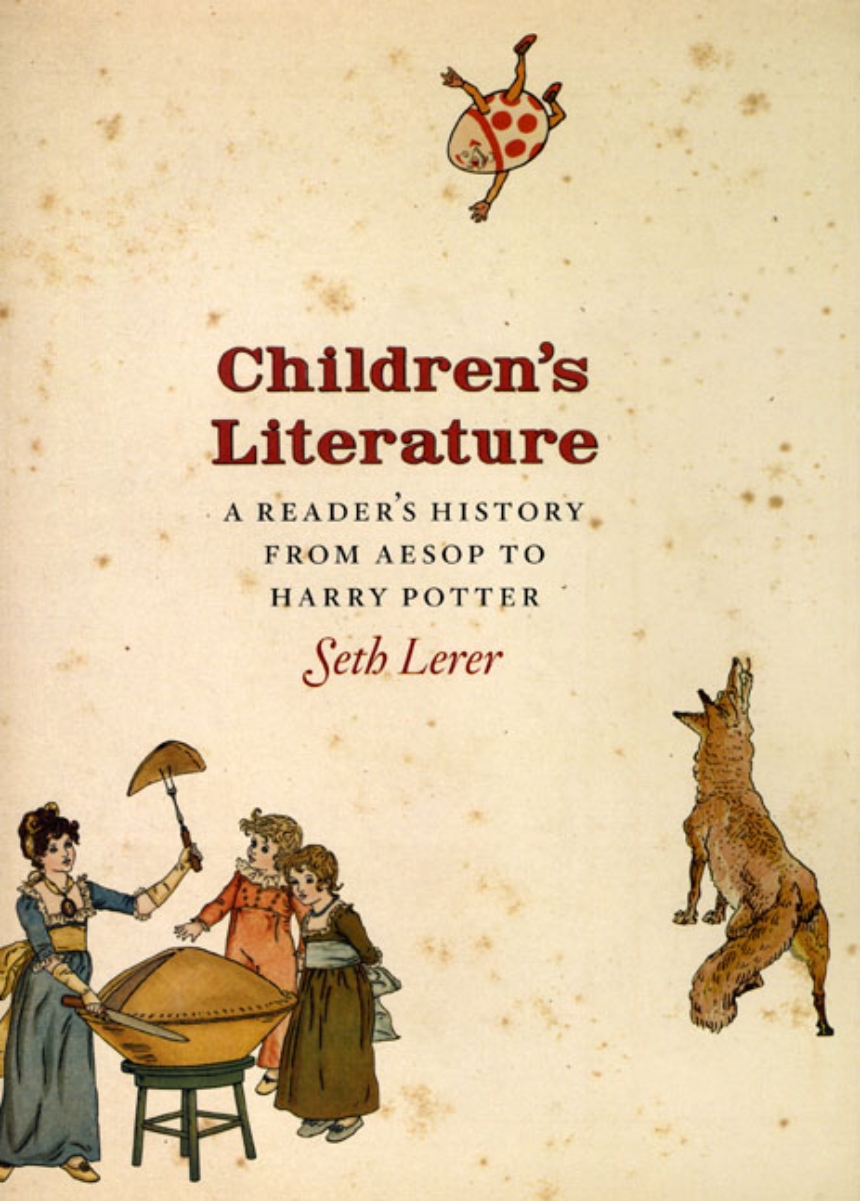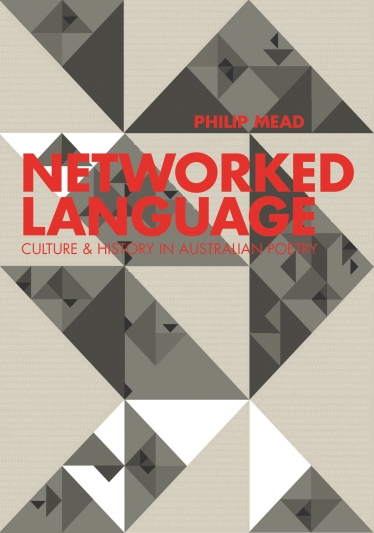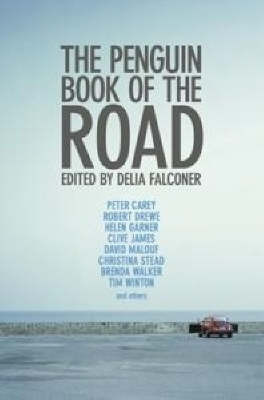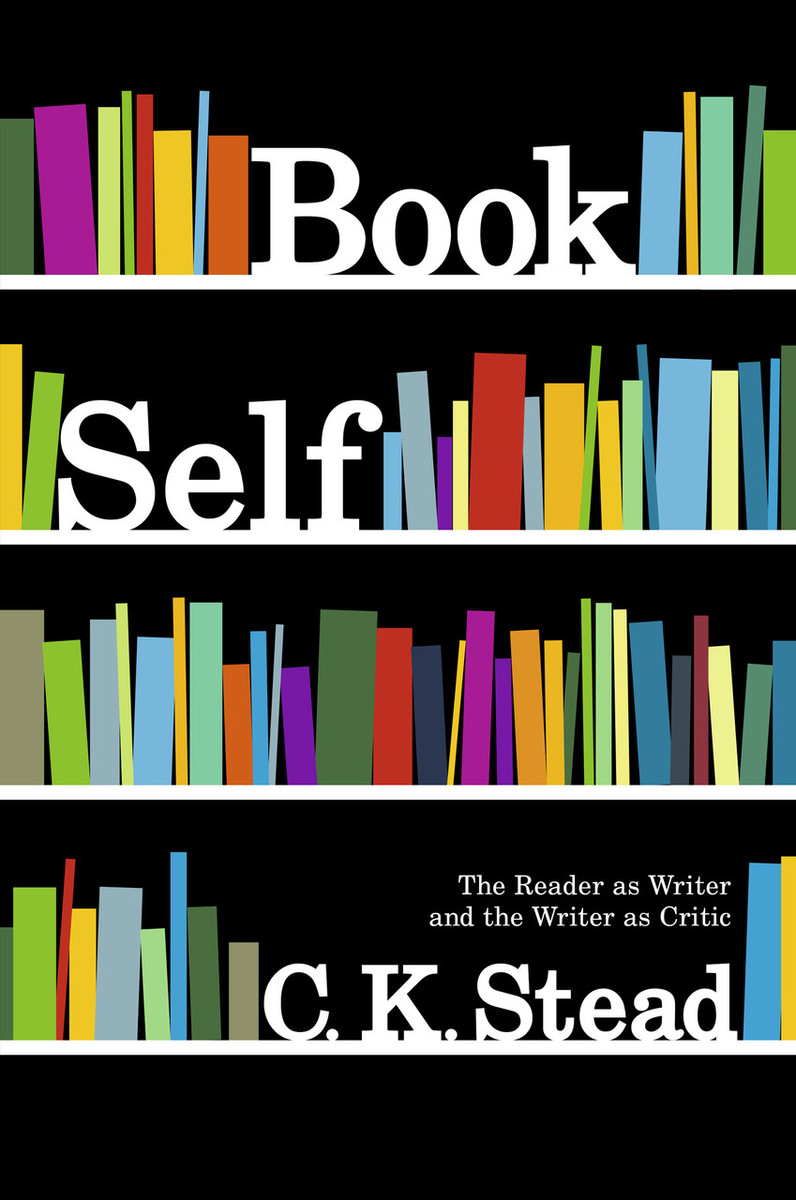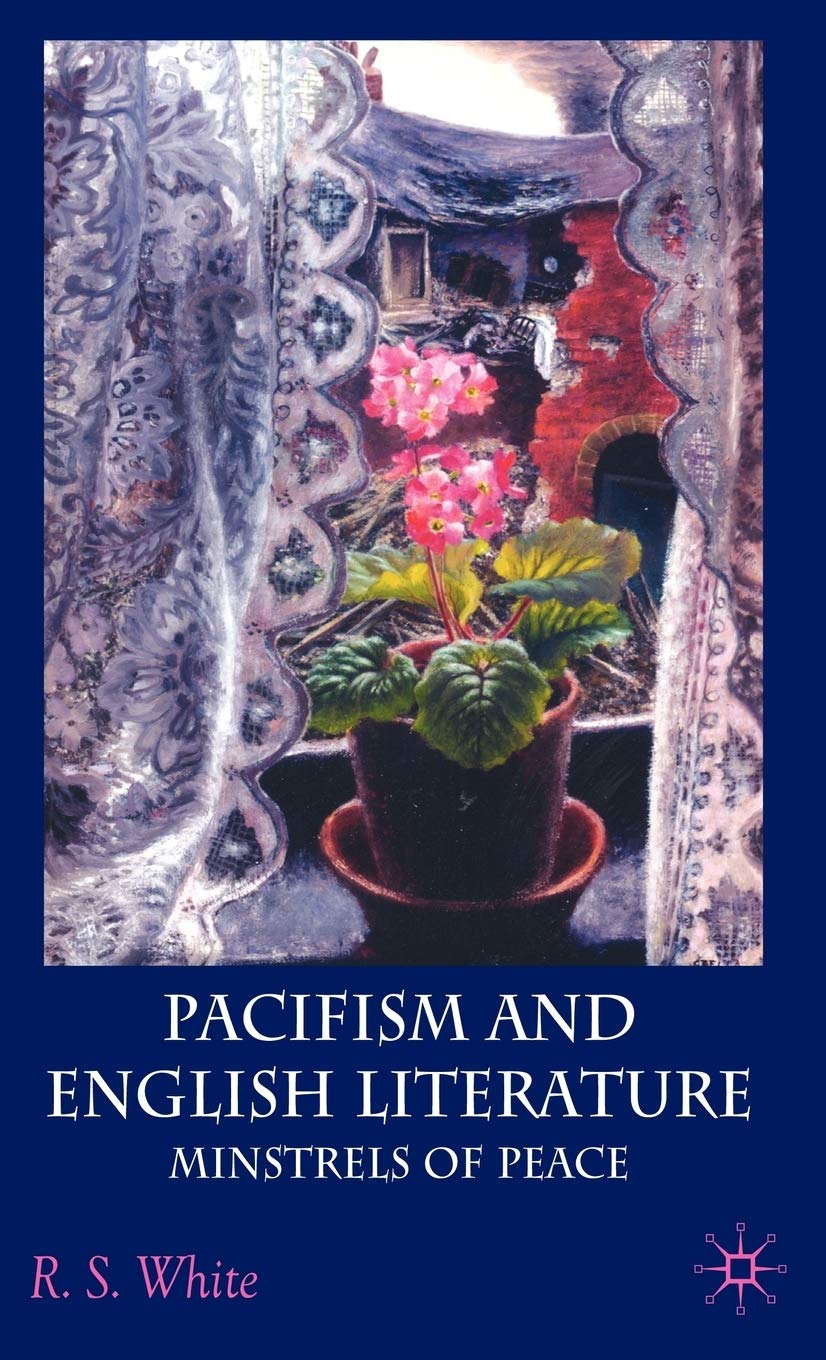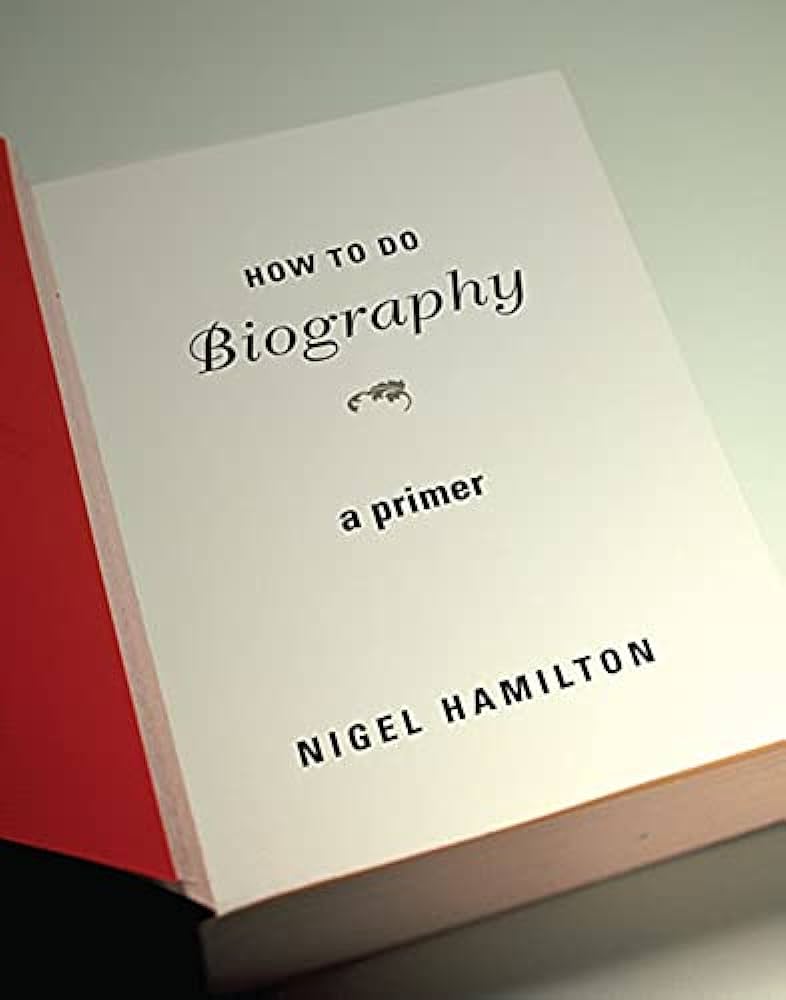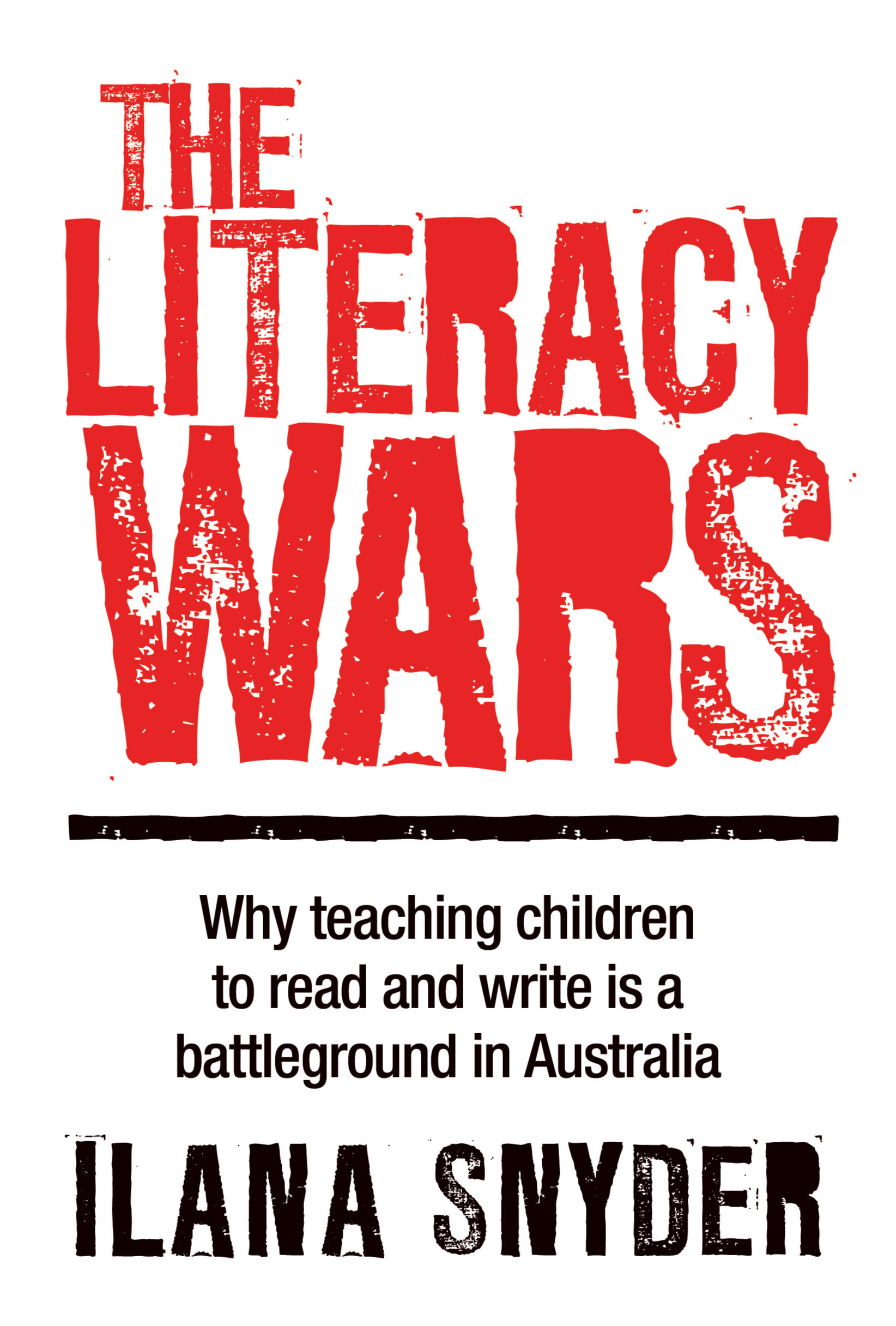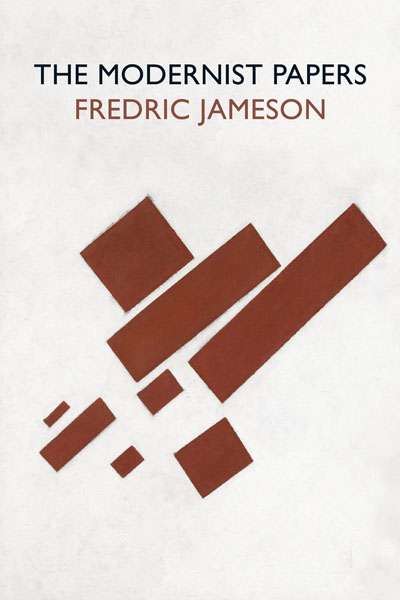Literary Studies
Becoming a resurrectionist, a digger-up of dead bodies, was not a conscious career choice for me. Yet, along with two colleagues, I find myself accused of just that. We occupy this position because we have recently edited and published two previously unpublished works by Sir Walter Scott: The Siege of Malta and Bizarro (Edinburgh University Press, edited by J.H. Alexander, Judy King and Graham Tulloch, £45 hb). The appearance of our edition provoked a storm in a tea- cup in Britain, beginning with the Scotsman’s weekend edition, Scotland on Sunday, and spreading from there to the Guardian, the Daily Telegraph and The Times. The storm died down quickly, but the issues remain.
... (read more)Children’s Literature: A reader’s history, from Aesop to Harry Potter by Seth Lerer
‘Dress me and put my shoes on; it is time, it is the hour before dawn, so that we should get ready for school.’ This colloquy, probably from Gaul in the third or fourth century, prescribes the ideal child’s conversation, from waking and greeting his parents politely to walking home, with his slave, from school at noon.
Seth Lerer’s history of children’s literature starts with papyrus and ends with Harry Potter. It is called a ‘reader’s history’ because Lerer does not only look at literature written for children – a comparatively recent phenomenon. He also looks at what children actually read: abecedaria, excerpts from Virgil and Homer, versions of Aesop, lists and plays, folktales, prayers and psalters, boy scout manuals, magazines, and chapbook versions of Robinson Crusoe.
... (read more)Networked Language: Culture & history in Australian poetry by Philip Mead
Philip mead’s Networked Language: Culture & History in Australian Poetry is an extraordinary piece of scholarly writing: large, ambitious, meticulously researched, brilliantly written and quite original. It is laudable not only for these inherent virtues but also, it has to be said, because of its very existence. Australian Scholarly Publishing is to be commended for publishing such a work. If poetry is marginal to Australian public culture (as we are routinely told), then works about Australian poetry are all but invisible. It is all the more notable, then, that Mead’s work should join another recently published, large-scale work on modern Australian poetry: Ann Vickery’s Stressing the Modern: Cultural Politics in Australian Women’s Poetry, published by Salt in 2007. Both Mead’s and Vickery’s books use Australian poetry as a way of intervening in, or instigating, debates in modern politico-cultural history. (And to these studies we may also add another ambitious piece of poetry criticism, John Kinsella’s more globally focused Disclosed Poetics: Beyond Landscape and Lyricism, Manchester University Press, 2007.)
... (read more)Roads are not places, but ways to and away from them, perhaps in fearful flight or in buoyant expectation. Travelling them can engender boredom (‘Are we there yet?’) and horror (‘Will we ever get there, alive?’). Roads are means of reaching those fabled and amorphous Australian locations – the city, the bush, the beach. Each of these has attracted anthologies (some from Penguin). Delia Falconer’s task, as editor of The Penguin Book of the Road, is less straightforward, being concerned with how we travel rather than where we arrive, with highways but also with indirect, crooked ways. In a masterly and challenging introduction, she warns us of what to expect.
... (read more)Book Self: The reader as writer and the writer as critic by C.K. Stead
C.K. Stead’s new collection of non-fictional prose confirms his reputation as New Zealand’s grand old man of letters, still swimming, aged seventy-six, against the tide. The author of fourteen books of poetry, as many novels, and several critical works which followed from his highly influential The New Poetic in 1964, Stead continues to be under-read and under-appreciated outside his own country, despite his outward-looking vision, the cross-national themes of his writing and the translation of his work into several European languages. The parochialism of ‘mainstream’ literary critical culture is nicely illustrated by an approving British review of his novel My Name Was Judas (2006), which Stead quotes in one of the journal entries included in this anthology. The reviewer ‘praises’ Stead as ‘an elderly and obscure New Zealand author who ... must surely be a prime candidate for the Nobel Prize’. Well might the Nobel bridesmaid remark, ‘How’s that for even-handed!’.
... (read more)‘This book is a celebration of art that doubles as a critique of religion,’ writes Peter Conrad in the introduction to this enormous book. Neither aim is especially unusual, but their ambitious fusion here creates a questing mesh of narratives, huge in scope, in which architecture, music, literature, drama, motion pictures, poetry and philosophy in many schools and eras are gathered under the sprawling rubric of art, and no religious tradition is excluded. At times it feels as if you are reading a book about everything, and its restlessness carries you through thirty-three extremely solid, occasionally indigestible chapters, beginning with Mary Shelley’s Frankenstein.
... (read more)Pacifism and English Literature: Minstrels of peace by R.S. White
It is tempting to become impatient, and to reach for a gun to resolve a problem, or a knife to cut a Gordian knot. As I write, the Burmese generals have been dithering and obfuscating rather than letting aid workers into their storm-ravaged country. The paranoid preservation of their honour and control bids fair to cause the death of tens of thousands of people. If the Burmese people cannot rise up to change this (and as poor, pacifist Buddhists, they are peculiarly ill equipped to overwhelm a shameless and violent régime), then we should surely invade, distribute the emergency aid, and replace the generals with responsible government. Some people only respond to violence, and surely justice demands this intervention.
... (read more)In 1964, newly appointed to the Department of English at the very new Monash University, I was uncertain about nearly everything. But as I unpacked my books in a pristine, sparsely furnished office, I found reassurance in the empty filing cabinet. I knew exactly how to fill its three drawers. As soon as I had some notes and a stack of manila folders, I would put poetry in the top drawer, fiction in the middle and drama down below. These three genres corresponded with the three terms of the academic year, as I had known it as a student. It was the natural order of things. That there might be a fourth drawer for biography, or even a space in the lecture programme for life writing, would not have occurred to me. This was the Leavis era – late Leavis indeed, but still preoccupied with close reading of literary texts. D.H. Lawrence’s mantra ‘never trust the teller, trust the tale’ seemed sufficient warrant for bypassing the teller altogether.
... (read more)The Literacy Wars: Why teaching children to read and write is a battleground in Australia by Ilana Snyder by Ilana Snyder
Though by profession a scholar of literature with a specialism in French literature, Fredric Jameson (born 1934) has made his mark as a cultural historian and even as what used to be called an historian of ideas. His chef d'oeuvre, Postmodernism, or, The Cultural Logic of Late Capitalism (1991), provides one of the more persuasive cognitive maps we have of ...


